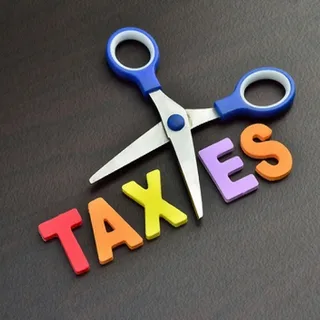Handling rental income is complex and most landlords accidentally conceal part of their earnings from HMRC. All hope is not lost, though; there is a way to correct these mistakes without incurring serious penalties. Dubbed the Let Property Campaign, the tax disclosure scheme allows landlords to report previously concealed income gained from residential property voluntarily.
Whether ignorance or misunderstanding, the campaign offers landlords an opportunity to get things right with more lenient penalties than normal HMRC investigations.
What is the Let Property Campaign?
The Landlord Tax Disclosure Scheme is a one-time campaign by HMRC to target landlords who have failed to report all of their rental income. It is open to individual landlords who rent residential property in the UK or abroad, including those who:
- Rent out one or more properties
- Rent houses in multiple occupation (HMOs)
- Have holiday lets or student lets
This form of disclosure is not available to trusts and companies, and it’s essential that landlords act before HMRC visits them in person, which could lead to greater penalties.
Why Voluntary Disclosure is Important
Voluntarily declaring under the Let Property Campaign reduces the risk of being offered good terms by the landlords. Penalties on late or not reported earnings are typically lower if you report early before HMRC can initiate an inquiry. The earlier you act, the better your prospects to obtain a reduced penalty.
Landlords are also required to pay interest on unpaid taxes. Willingly, you can arrange this obligation into a more secure and manageable form, free of the financial and emotional burdens of forced compliance.
How the Process Works
To operate the Landlord Tax Disclosure Scheme, you first notify HMRC that you are going to disclose. You are then given a Disclosure Reference Number and 90 days to calculate and pay the tax due. This will involve detailing your rental income, your expenditure, and the resulting tax due over the relevant years.
Accuracy is paramount here. Gathering previous bank statements, tenancy agreements, and maintenance bills will help you put together a thorough and accurate disclosure. Honesty and openness are also necessary, as discrepancies are likely to be picked up on during HMRC’s verification.
Benefits of Using the Landlord Tax Disclosure Scheme
The most glaring advantage is evading even harsher penalties. HMRC handles volunteers for penalties more leniently, often reducing penalties to around 10–20% compared to 100% or higher in the event of discovery.
There is also the benefit of peace of mind. Once disclosure is complete and your tax has been paid, you can then go ahead with confidence in the knowledge that your tax affairs are in order. For many landlords, this will be a genuine relief and freedom to trade without worry about retrospective audit.
When to Seek Professional Help
While the process itself is straightforward, it can quickly become laborious calculating years of rental income and expenses. Professional advisors like UK Property Accountants are experts in the Let Property Campaign and can help you make a complete, accurate disclosure.
Their expertise can make the process faster, identify missed deductions, and provide you with the confidence that it’s all being done correctly. If your rental profits have gone undeclared, then now is the time to do something about it—before HMRC comes calling.






